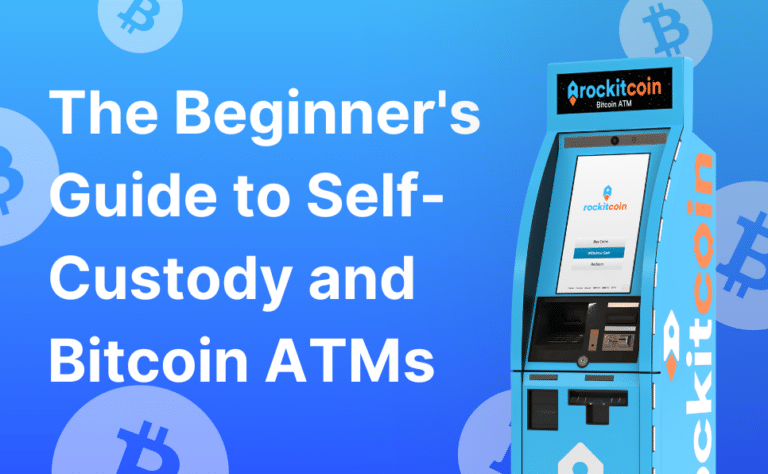In 2009, Satoshi Nakamoto launched Bitcoin as the world’s very first cryptocurrency. The code is open source, which means that it can be modified by anyone and freely used for other projects. Following Bitcoin, many other cryptocurrencies have launched with modified versions of this code. Litecoin was announced in 2011 by Charlie Lee with the goal of being the silver to Bitcoin’s ‘gold’. One of the largest differences between Bitcoin and Litecoin, is that Litecoin has a coin limit of 84 million, whereas Bitcoin has a coin limit of 21 million.
Why Litecoin?
There are several reasons why some cryptocurrency users prefer Litecoin over Bitcoin:
- Faster Transactions: Litecoin has faster transaction confirmation times compared to Bitcoin, which means transactions are processed more quickly and efficiently. The key difference for end-users being the 2.5-minute time to generate a block, as opposed to Bitcoin’s 10 minutes.
- Lower Fees: Litecoin’s transaction fees are typically lower than Bitcoin’s, making it a more cost-effective option for smaller transactions.
- Increased Supply: Litecoin has a larger total supply of coins compared to Bitcoin, which some users believe makes it more accessible and less prone to price manipulation.
- Mining Algorithm: Litecoin uses a different mining algorithm than Bitcoin, which is designed to be more accessible to individuals and small mining pools, as opposed to large, specialized mining operations. For blockchain enthusiasts, Litecoin holds a much more significant difference to Bitcoin, and that is its different proof of work algorithm.
- Strong Development Team: Litecoin has a strong development team that is actively working to improve the network, which some users believe will lead to better long-term prospects for the cryptocurrency.
It’s important to note that everyone’s preference for a cryptocurrency is different, and the choice between Litecoin and Bitcoin will depend on individual circumstances and investment goals.
Transaction Differences
The main transaction difference between Litecoin and Bitcoin is that Litecoin is able to confirm transactions faster. The details of the transaction differences are as follows:
- The faster block time of Litecoin reduces the risk of double spending attacks. Litecoin’s faster block time reduces the risk of double spending attacks because it allows for quicker confirmation of transactions on the network. Double spending occurs when an attacker tries to spend the same funds twice, either by creating two conflicting transactions or by manipulating the record of previous transactions. With a faster block time, the chances of a double spend being successful are reduced, as there is less time for an attacker to execute a conflicting transaction.
- Litecoin can handle a higher volume of transactions because of its faster block generation. If Bitcoin were to try to match this, it would involve significant updates to the code to the code that everyone on the Bitcoin network is currently using.
- The disadvantage of this higher volume of blocks is that the Litecoin blockchain will be proportionately larger than Bitcoin’s, with more orphaned blocks.
- A merchant who has waited for a minimum of two confirmations would only need to wait five minutes, whereas they would need to wait 10 minutes for just one confirmation with bitcoin.
Getting Started With Litecoin
- Getting a Litecoin Wallet: To get started with Litecoin, you’ll need to create a Litecoin wallet. This is where you’ll store your Litecoin coins. There are several types of wallets to choose from, including online wallets, software wallets, and hardware wallets.
- Buying Litecoin: Once you have a Litecoin wallet, you can buy Litecoin. Consider using a RockItCoin Bitcoin ATM to purchase Litecoin!
- Storing Litecoin: After you’ve bought Litecoin, it’s important to store it in a secure wallet. You should never store large amounts of Litecoin or any other cryptocurrency on an exchange, as exchanges are vulnerable to hacking.
- Sending and Receiving Litecoin: Once you have Litecoin in your wallet, you can send it to other people, or use it to pay for goods and services. To send Litecoin, you’ll need to know the recipient’s Litecoin address. To receive Litecoin, you’ll need to provide your own Litecoin address.
Interested in buying Litecoin? Visit a RockItCoin Bitcoin ATM today. Click here to find a location nearest you.








